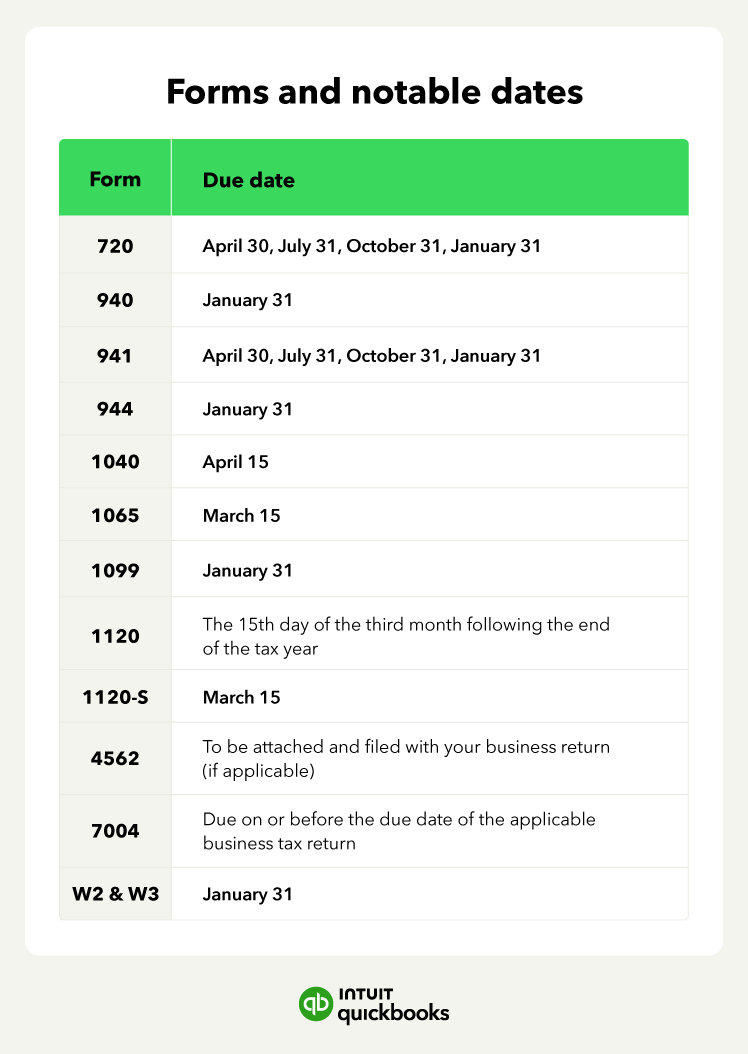As a small business owner, you're building something remarkable—and understanding your tax obligations is crucial to your success. Managing taxes may seem complex, but with the right knowledge and the right tax software, it becomes a straightforward process.
Good news: We've simplified business taxation into an easy-to-follow roadmap covering the 25 most essential tax forms you’ll need. Whether you're preparing quarterly estimates or seeking deductions, this guide has you covered.
If you're filing your first return or refining your tax strategy, this guide compiles everything you need in one place. Dive into the full resource or use our quick-navigation menu to find the topics most relevant to your business.













 Notable dates: You must file Form 940 by Jan 31. However, if you deposited all FUTA tax when due, the deadline extends to Feb 12, 2025.
Notable dates: You must file Form 940 by Jan 31. However, if you deposited all FUTA tax when due, the deadline extends to Feb 12, 2025.








